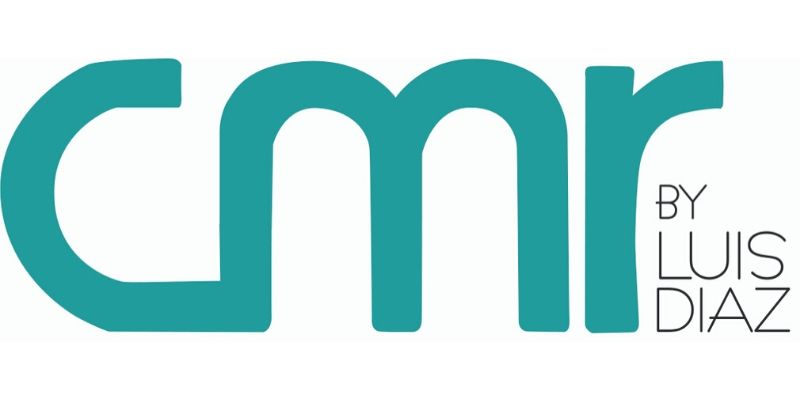THE PAIN BODY
At the core of emotional toxicity lies the Pain Body, which acts as a barrier to experiencing peace, connection, vitality, and health on both emotional/spiritual and physical/cellular levels. The Pain Body can be understood as a distinct energy field within us, driven by its primary objective of accumulating and generating pain in your life. Whether it manifests as disease, dysfunction, imbalance, or a lack of inner peace, the active role of the Pain Body in perpetuating these challenges is undeniable.
Eckhart Tolle, renowned author of The Power of Now, describes the accumulated layers of Negative Emotional Charge (NEC) as the “Pain-Body” and characterizes it as an entity. This concept emphasizes the substantial influence and presence of the Pain Body, highlighting the need to address and transform its accumulated pain in order to facilitate healing and growth.
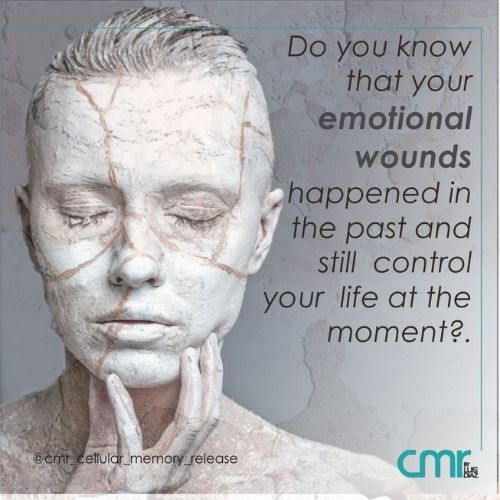
He says:
“There are two levels of pain: the pain that you create now, and the pain of the past that still lives on in your mind and body. This of course includes the pain that you suffer as a child, caused by the unconsciousness of the world into which you were born. The accumulated pain is a negative energy field that occupies your body and mind. If you look at it as an invisible entity in its own right, you are getting quite close to the truth – It’s the emotional Pain-Body.”
The cells in which past physical or emotional trauma is stored, operate in a survival pattern based on something that is no longer real or current for anyone but the person maintaining the pattern.
When an unresolved issue or trauma impedes the flow of energy in the body-mind system, stagnation is created in a particular part of the body, often the organ, joint or muscle most associated with the trauma. We know further that areas of stagnant energy contain negative emotional charge (NEC) that literally split and subdivide the human energy field in separate compartments without communication between them. When we hold off the trauma, we are allowing more layers of NEC to follow the original one making the situation even more complex.
A simple example: You hurt your ankle while running because you are late to your office. You feel very upset for that. You get angry at yourself for not paying more attention when walking and you may blame yourself by saying things like, “Stupid, you never pay enough attention!” “You are going to be late and your boss will be upset with you”. By now, your body is not only feeling the physical trauma in the form of real pain, but you are adding self-condemnation, anger, guilt, fear and unforgiveness. This process may go on and on.
The cells in which past physical or emotional trauma is stored, operate in a survival pattern based on something that is no longer real or current for anyone but the person maintaining the pattern.
According to acupuncturist Tapas Fleming, when we encounter a problem or trauma (whether physical, mental, or emotional), we often have an overwhelming feeling that life is unbearable. In response, we instinctively say “NO” to the experience, believing that it is too much for us to handle. We may tell ourselves, “I can’t survive if this continues” or “I’ll deal with it later, when it’s not life-threatening.”
This inner resistance leads us to postpone addressing the issue, hoping to file it away and face it at a more convenient time. However, this tendency to delay dealing with the trauma results in an imbalance, as the unresolved experience remains with us. We may create distance and time between ourselves and the event, but the impact of the experience lingers. Another coping mechanism may be denial, refusing to acknowledge that the problem ever occurred. Paradoxically, the more we try to lock the experience in the so-called past, the stronger our connection to it becomes.
Fleming emphasizes that unresolved issues accumulate, narrowing and limiting our lives as a result. By avoiding the digestion and integration of these traumas, we inhibit our personal growth and restrict our capacity for emotional healing and expansion. It is through addressing and processing these unresolved issues that we can liberate ourselves from their grip and open ourselves to a more fulfilling and expansive existence.
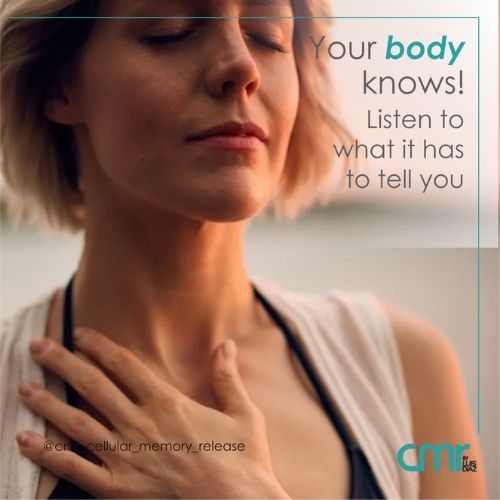
Unresolved traumatic experiences give rise to a sense of suffocation and contraction, suppressing the positive emotional charge (PEC) within us, resulting in significant dysfunction within our body-mind system. The imbalance between the positive and negative emotional charge, known as the Pain-Body, profoundly affects the natural functioning of our bodies. Consider, for a moment, the tremendous amount of life force expended in holding onto that negative emotional charge stored within our cells all this time! Now, imagine the profound transformation and liberation that would occur by releasing this accumulated negativity.
Through the utilization of Cellular Memory Release, we do not erase the memory itself. Instead, we liberate the trapped life force, allowing it to flow freely and empowering the cells for self-healing and growth. From a young age, we were conditioned to resist our emotions, unknowingly causing harm to ourselves physically, mentally, and emotionally. This resistance stemmed from a lack of understanding and imitation of others, including our ancestors, parents, teachers, media influences, and societal expectations. When we reject and resist our present emotions, attempting to replace them with something that aligns with our self-image, we impede our ability to fully process and digest our experiences. This is how the negative emotional charge becomes stored within our body-mind organism, manifesting as the Pain-Body.
What supports the Pain-Body is “unconsciousness”
The Pain-Body exists as an inner energy field, almost like a distinct entity, with its own motives and intentions. It comprises a collection of negative beliefs that influence our perception of life and ourselves, often influencing our reactions when triggered. At times, these triggers may seem insignificant or unrelated to others, leading to their confusion over our exaggerated responses. This dynamic perpetuates a cycle of negativity, further influencing our thoughts and perspectives, and attracting uncomfortable circumstances into our lives.
Traces of the Pain-Body are deeply ingrained within our culture, leaving their imprint on various aspects such as social media, movies, the news, education, politics, and religion.
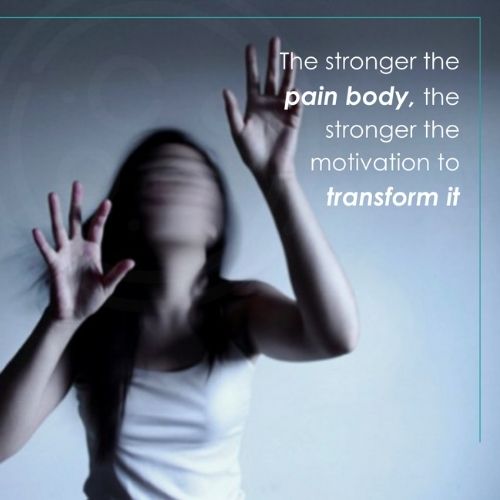
Wherever we turn, we witness the manifestation of negative judgment, blame, anger, envy, oppression, resentment, fear, guilt, shame, and other forms of negativity. These expressions stem from unresolved issues within ourselves, internal conflicts that were never transformed but instead stored and suspended. When confronted with adverse experiences, we often make self-limiting decisions like “I am inadequate,” or “I won’t succeed,” or even worse: “I am stupid,” “I am a looser,”or “this is overwhelming.” These beliefs become imprinted within us, shaping and directing our lives thereafter.
Many of these decisions about ourselves are created during our formative years or even absorbed from our mother’s experiences during our time in the womb. Some of them are part of our ancestral heritage: beliefs running in our family system for generations!
The primary reason why we often avoid addressing the Pain-Body is simply because we lack the knowledge and awareness of how to do so. Its existence remains unknown to us, and as a result, we are unaware of its pervasive presence within us.
The Pain-Body represents the accumulation of all our negative experiences, resistance, and grievances, much of which constitutes unnecessary suffering. Unconsciously, we become accustomed to perceiving life in a manner that perpetuates our own suffering. This ignorance and lack of awareness stem from a combination of factors, including our own limited understanding and the tendency to imitate the behaviors and beliefs of others. Consequently, we unknowingly subject ourselves to patterns and dynamics that contribute to our own distress. The release of the Pain-Body occurs when we undergo the transformative process of addressing the stagnant negative emotional charge (NEC) within our system.
This can be achieved by wholeheartedly acknowledging and allowing our feelings, without reactive responses or self-judgment. Engaging in this work allows us to consciously explore our energy field and bring awareness to our mental and emotional reality, often for the first time in our lives. The key lies not in the mere expression of emotions, but in fully owning and being present to them. By accepting and embracing what is happening in the present moment, these emotions can pass through us rather than becoming trapped.
The Pain Body Release technique serves as a valuable tool in detecting and transforming the pain body. It offers a practical and effective means for individuals to learn and apply on their own. However, releasing the pain body alone is not sufficient. It is equally crucial to re-pattern the belief system that supports the creation and perpetuation of the pain body. This process is essential in gaining a comprehensive understanding of the origins and roots of a painful pattern. Without transforming the underlying beliefs that contribute to the pain body, we would merely be masking the pain temporarily, akin to applying a band-aid without addressing the underlying cause.
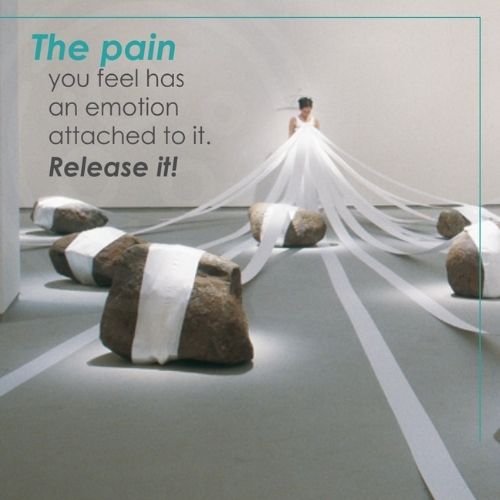
The repatterning process brings balance to our neural net. Click here to learn more about the neural net and how it stores and processes our belief system.
